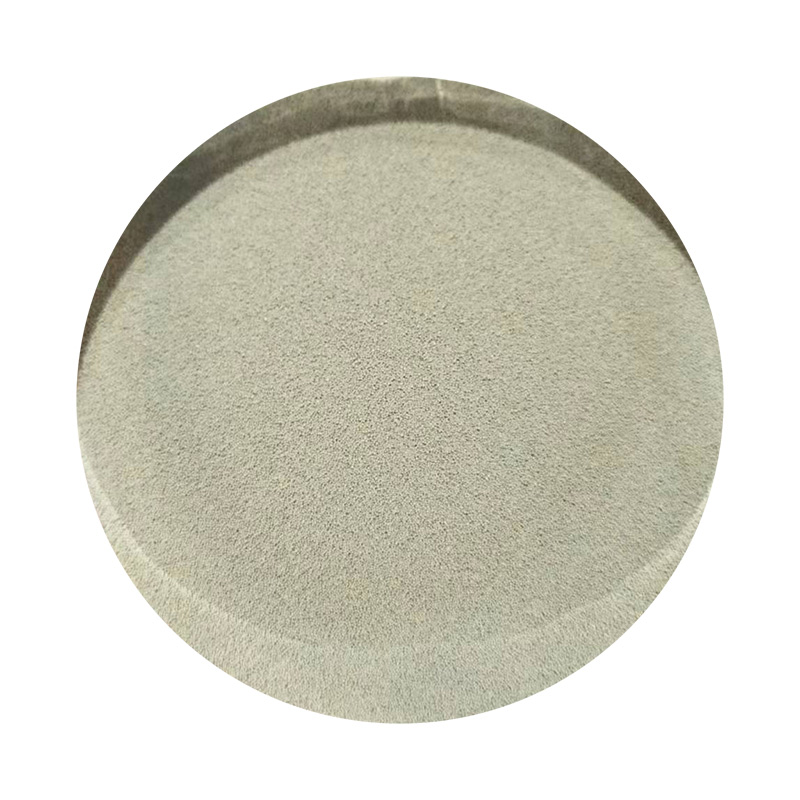The Significance of Resin Sand in Modern Foundry Practices
In the realm of foundry practices, materials play a crucial role in shaping the efficiency, quality, and overall success of metal casting processes. Among the various materials used, resin sand has emerged as a preferred choice due to its exceptional properties and versatility. This article explores the significance of resin sand, its advantages, applications, and its future in the foundry industry.
What is Resin Sand?
Resin sand is a type of sand that is coated with a resin binder, making it suitable for producing high-quality molds and cores in metal casting. The two primary components of resin sand are silica sand and a thermosetting resin, usually phenolic or furan-based. By mixing these components together, a sand mixture is created that exhibits remarkable strength and durability, which can withstand the rigors of high-temperature metal pouring.
Advantages of Resin Sand
1. High Strength and Accuracy One of the most significant advantages of resin sand is its high compressive strength and dimensional accuracy. It allows for the production of molds that maintain their shape during the casting process, resulting in highly detailed and precise castings. This is particularly important in industries where tight tolerances are essential, such as automotive and aerospace manufacturing.
2. Improved Surface Finish Castings made with resin sand typically exhibit a smooth surface finish. This reduces the need for extensive machining and finishing operations post-casting, thereby saving time and money for foundries. The fine grain structure of resin sand contributes to this improved surface quality.
3. Reduced Fume Emissions Traditional sand casting processes often use inorganic binders or clays that can emit harmful fumes when heated. In contrast, resin sand produces fewer emissions, making it a more environmentally friendly option. With increasing regulations regarding workplace safety and environmental impacts, the adoption of resin sand aligns with modern industry standards.
4. Versatility Resin sand can be tailored to meet specific casting requirements. By adjusting the resin type and the sand-to-resin ratio, foundries can produce molds with varying properties suitable for different metal types and casting techniques. This versatility makes resin sand an attractive option for a wide range of applications.
resin sand

Applications of Resin Sand
Resin sand has found its way into numerous sectors, including
- Automotive Industry Used for producing engine blocks, transmission cases, and various components that require high strength and accuracy. - Aerospace Industry Ideal for casting complex shapes and components needed in the aviation sector, where precision is paramount. - Marine Applications Utilized in the production of engine parts and hull structures, where durability and resistance to corrosion are critical.
Moreover, resin sand is increasingly being used in smaller-scale artisan foundries, where custom and low-volume production is common. The adaptability of resin sand allows these foundries to experiment with design and production techniques while ensuring high-quality outputs.
The Future of Resin Sand in Foundries
As the foundry industry continues to evolve, resin sand is expected to play an increasingly vital role. Advancements in resin technology are paving the way for even better performance characteristics, such as faster curing times and improved environmental impact. Additionally, the ongoing trend towards automation and digitalization in manufacturing processes will likely enhance the efficiency of using resin sand.
Foundries will need to stay abreast of these technological advancements and adopt innovative practices to maintain competitiveness in a rapidly changing market. The integration of resin sand with modern casting technologies, such as 3D printing, will open new avenues for design possibilities and production efficiency.
Conclusion
In summary, resin sand represents a significant advancement in foundry materials, offering numerous advantages that enhance the metal casting process. Its strength, accuracy, environmental benefits, and versatility make it a preferred choice for various applications. As industries continue to push the envelope of manufacturing capabilities, the ongoing development and adoption of resin sand will undoubtedly shape the future of foundry practices, ensuring quality and sustainability in the production of cast metal components.
Post time:nóv . 26, 2024 22:11
Next:Resin Coated Frac Sand for Enhanced Oil and Gas Extraction Performance
